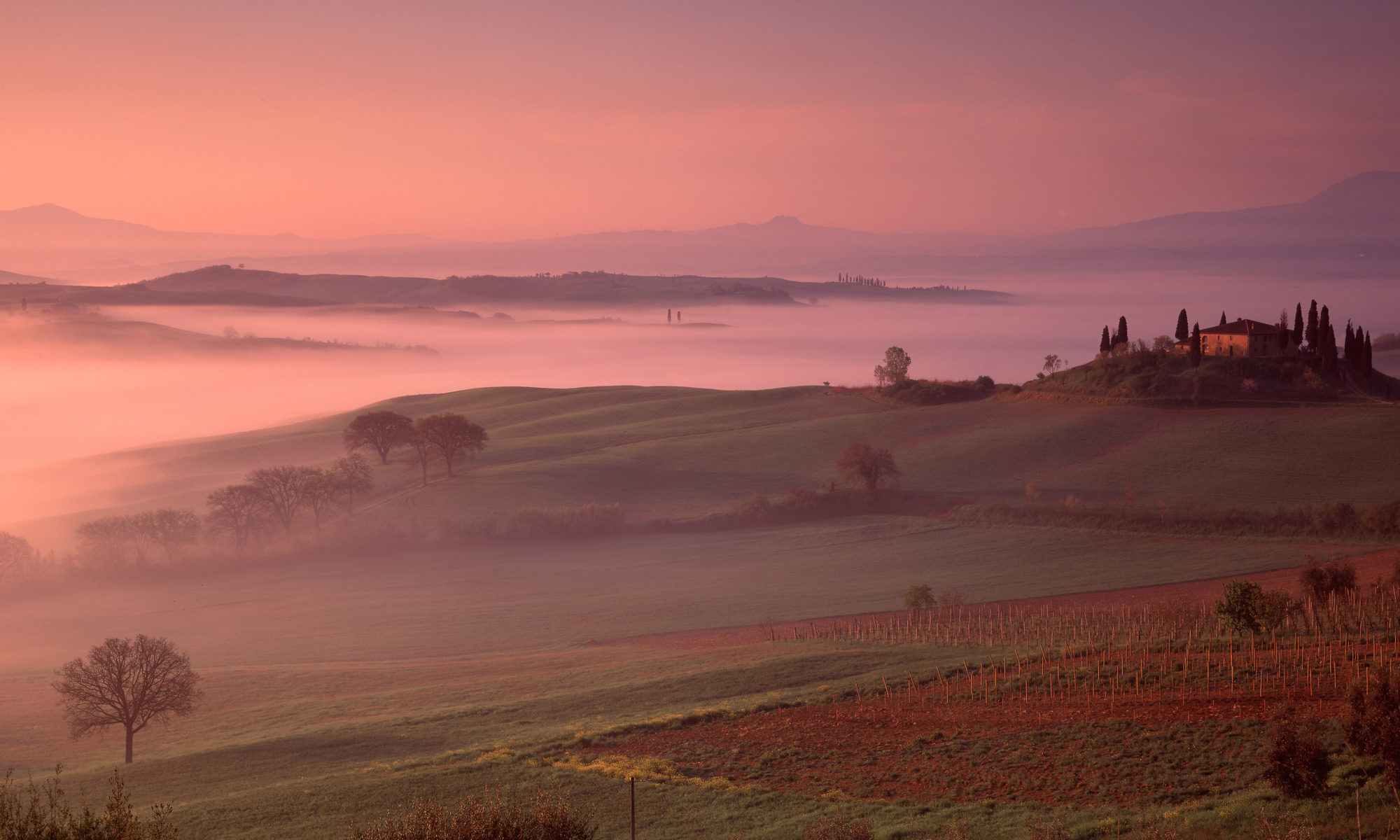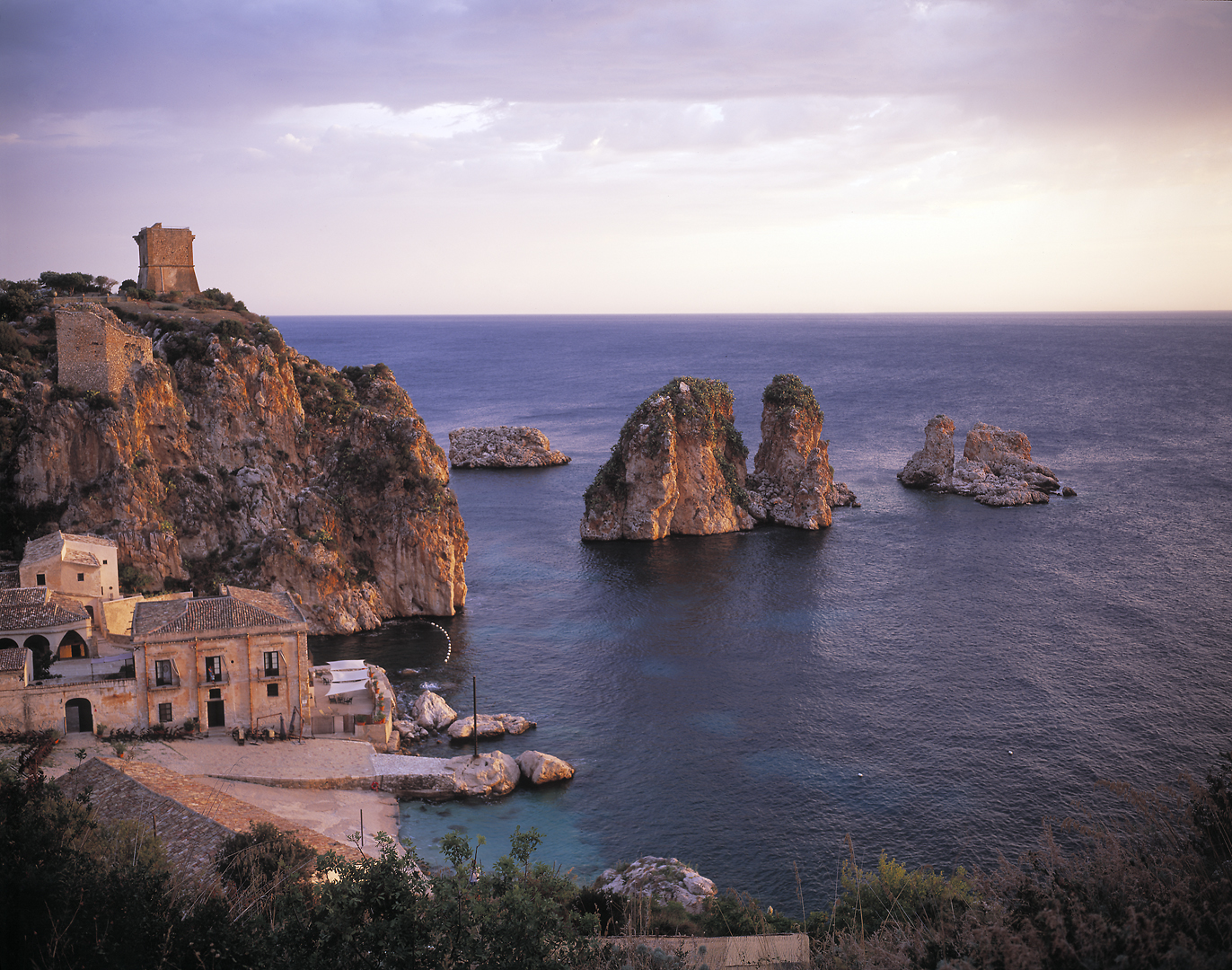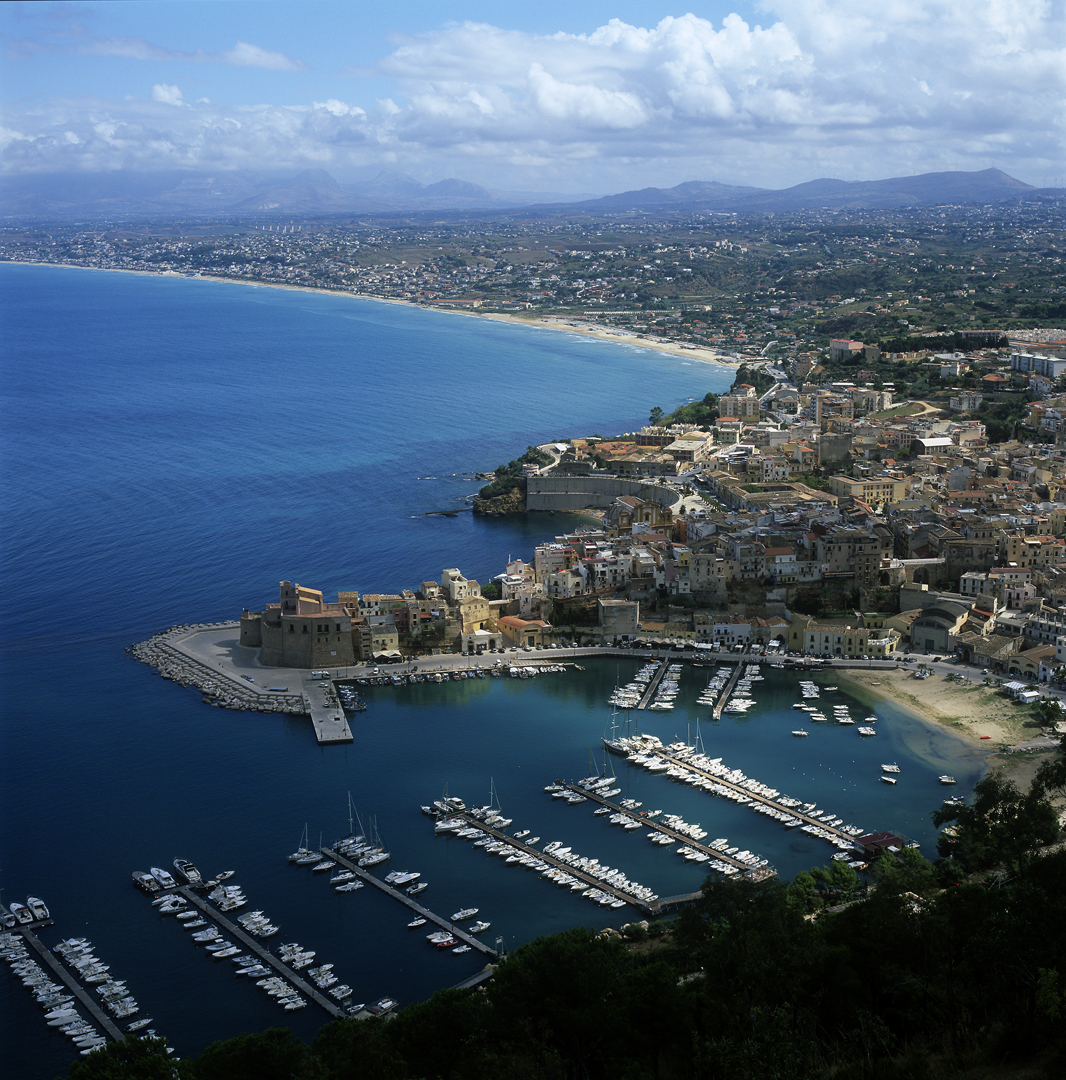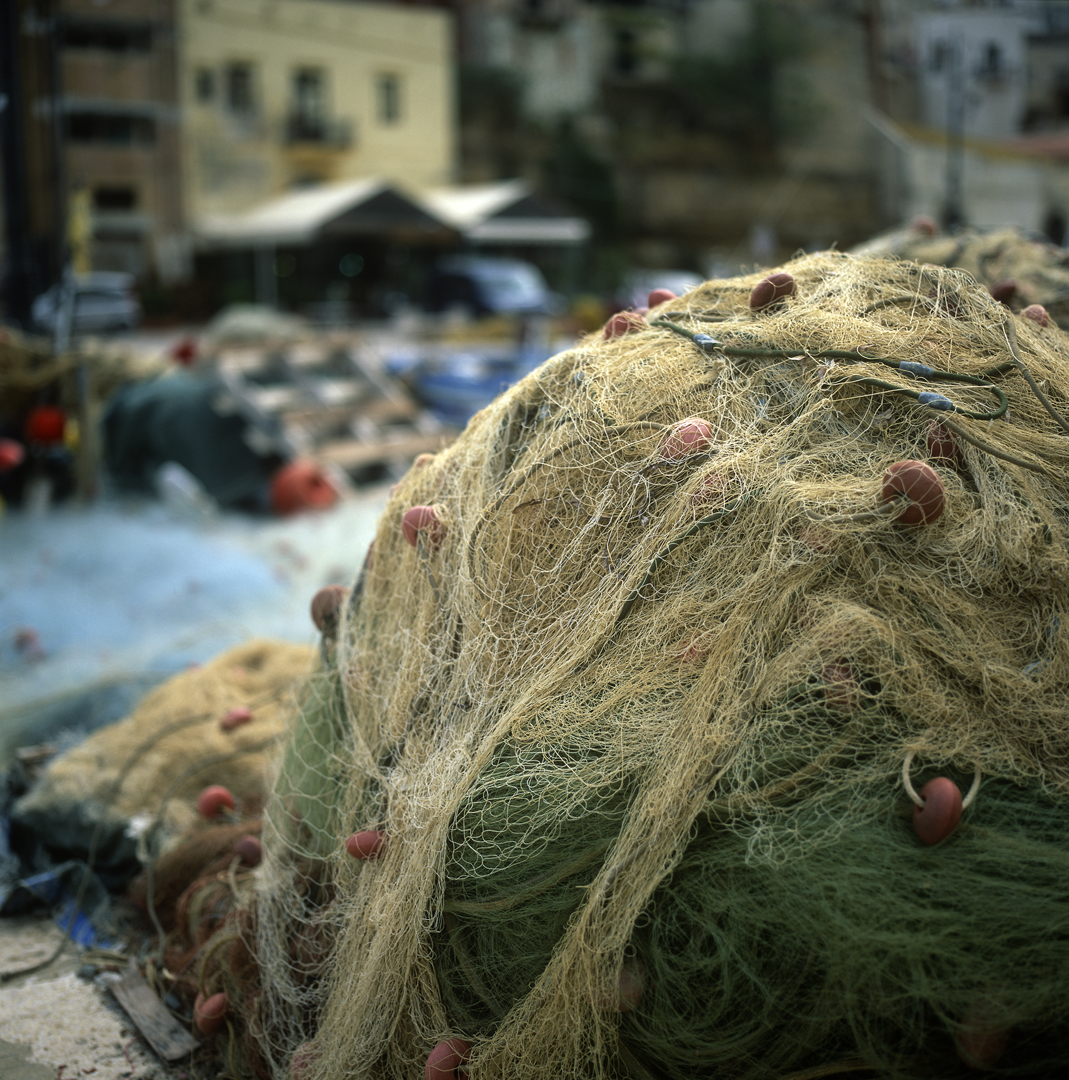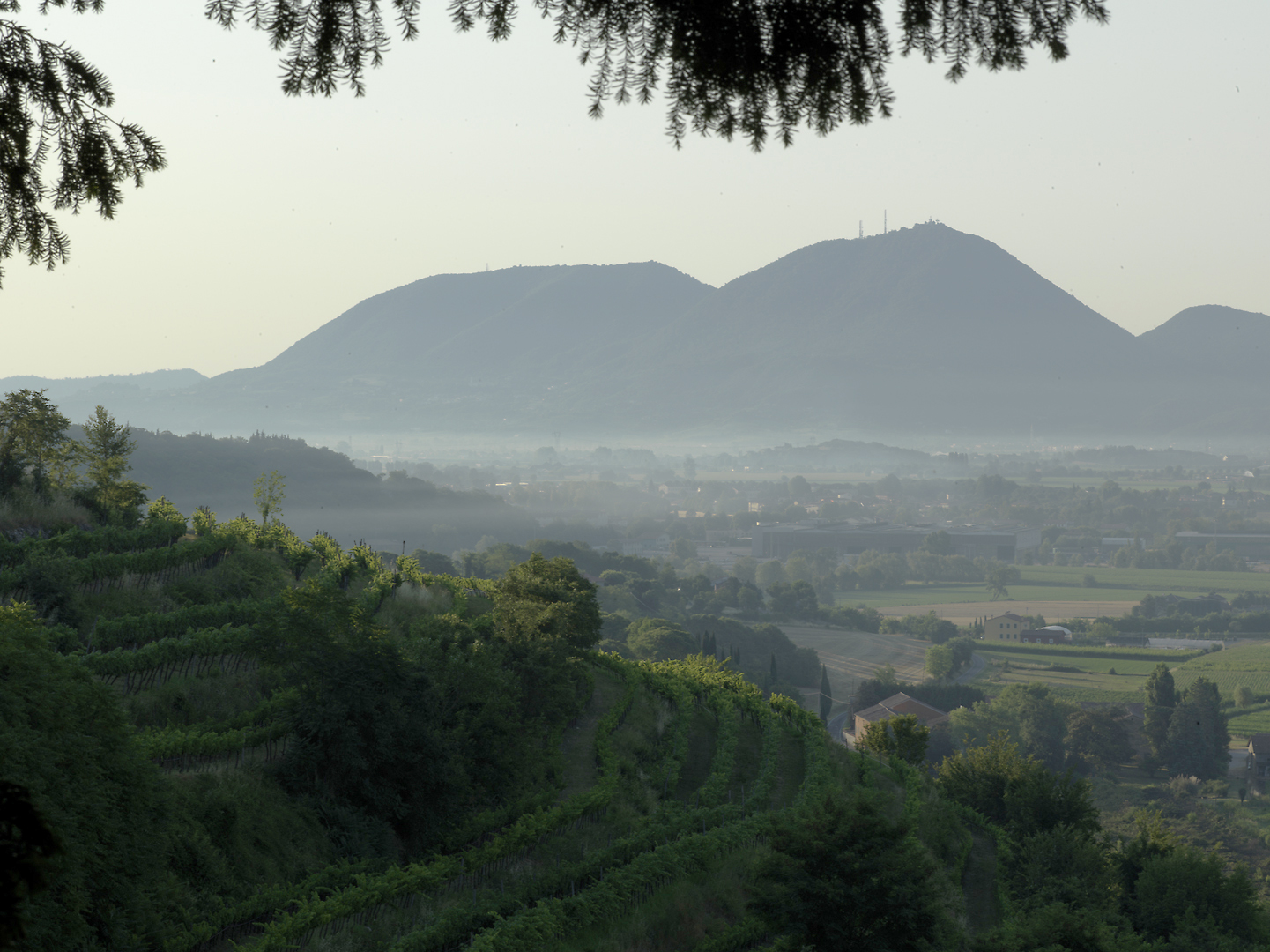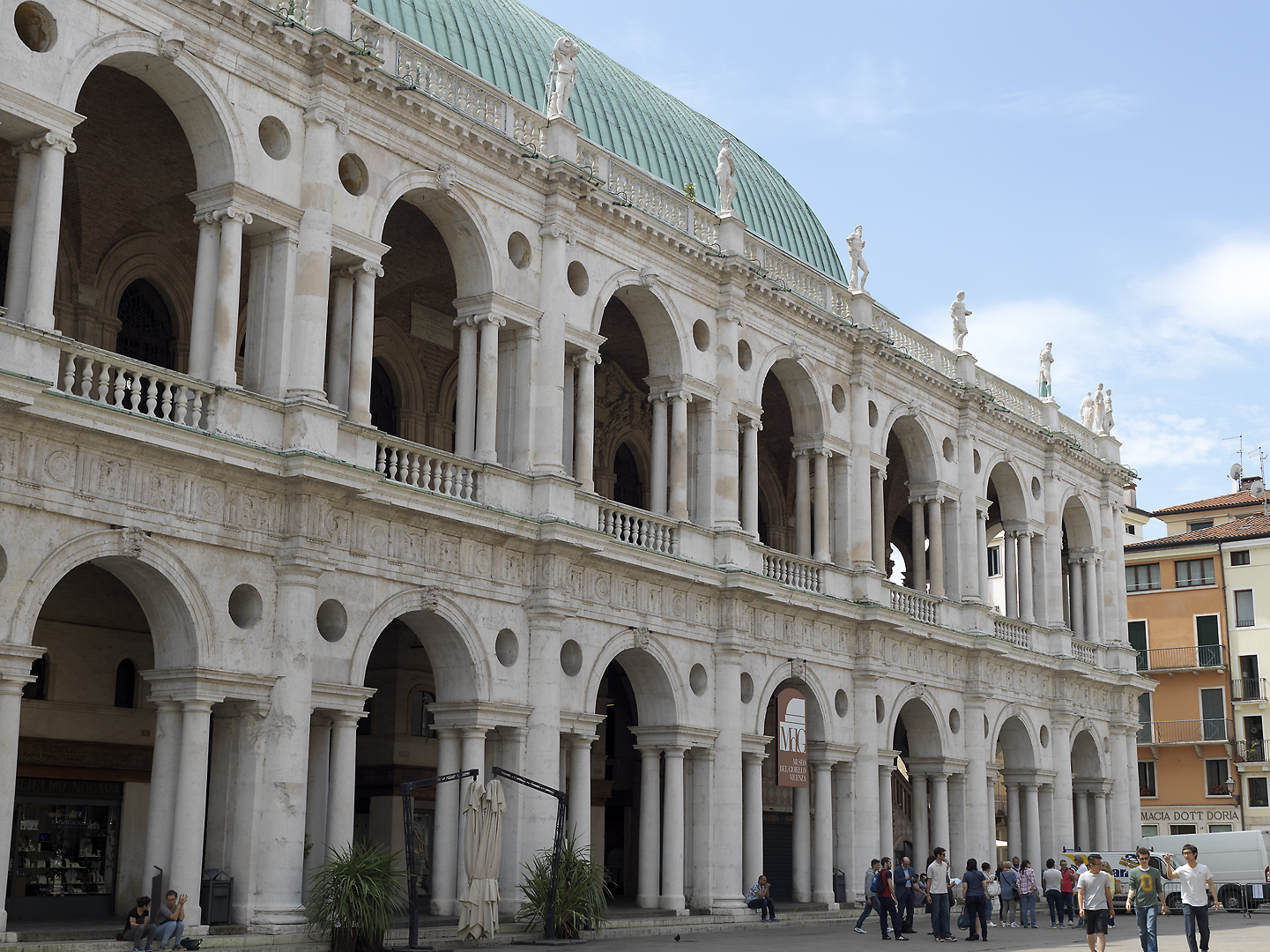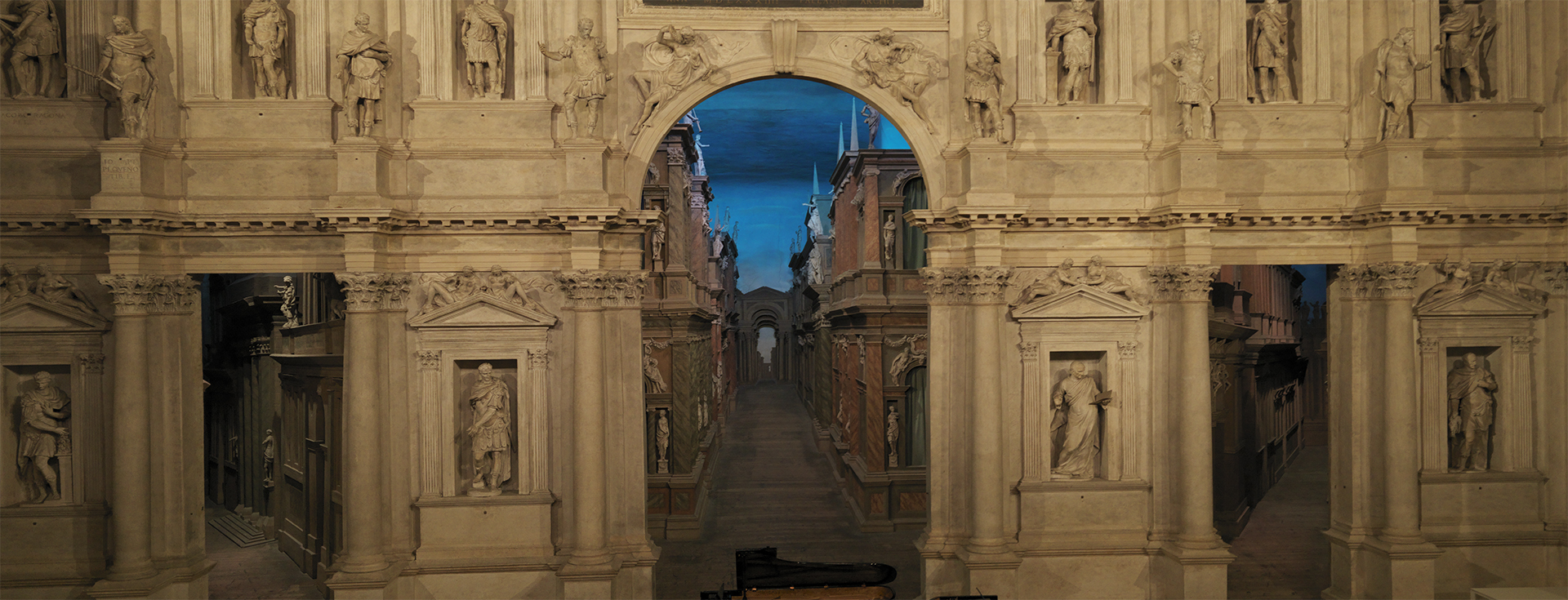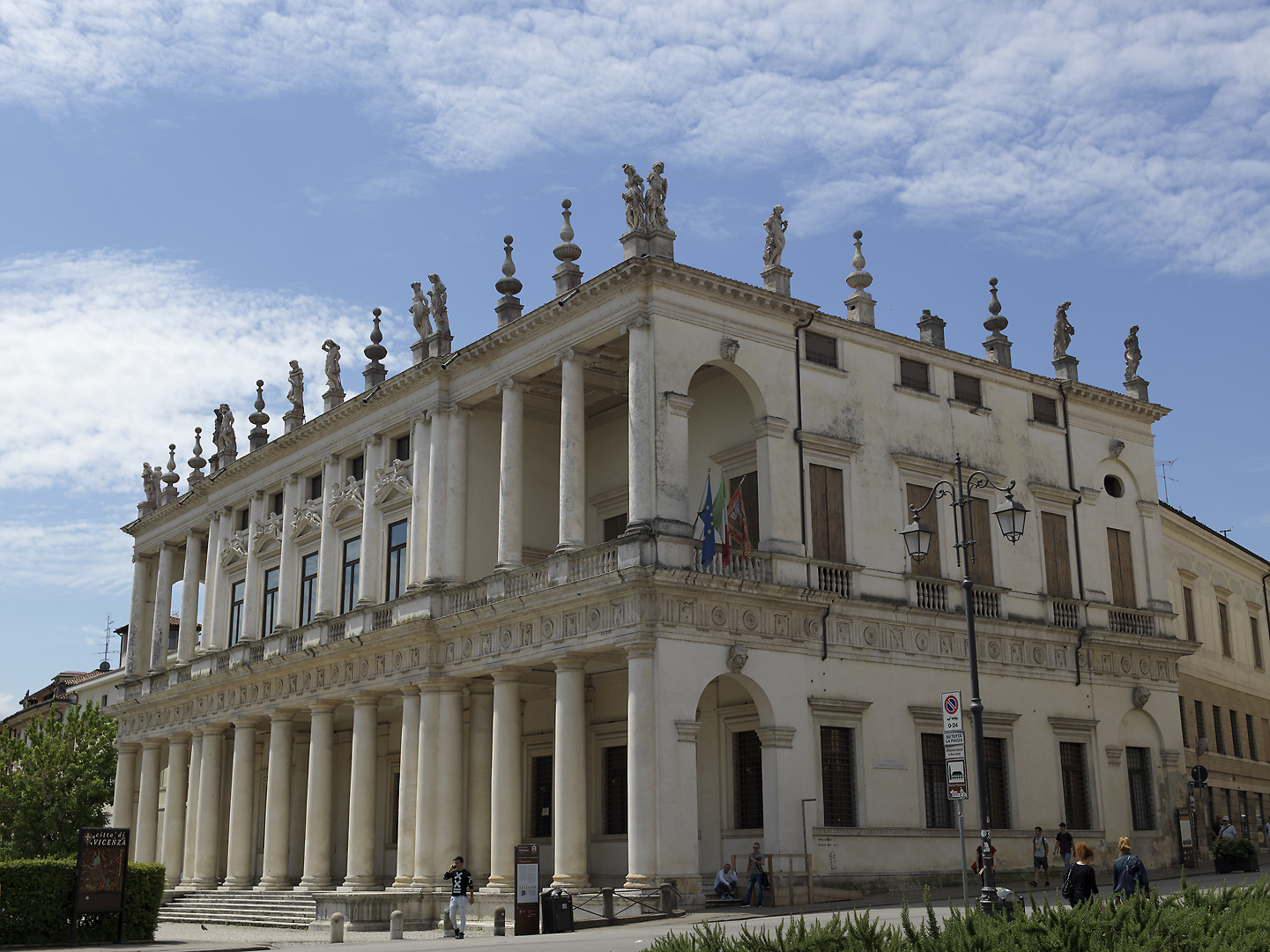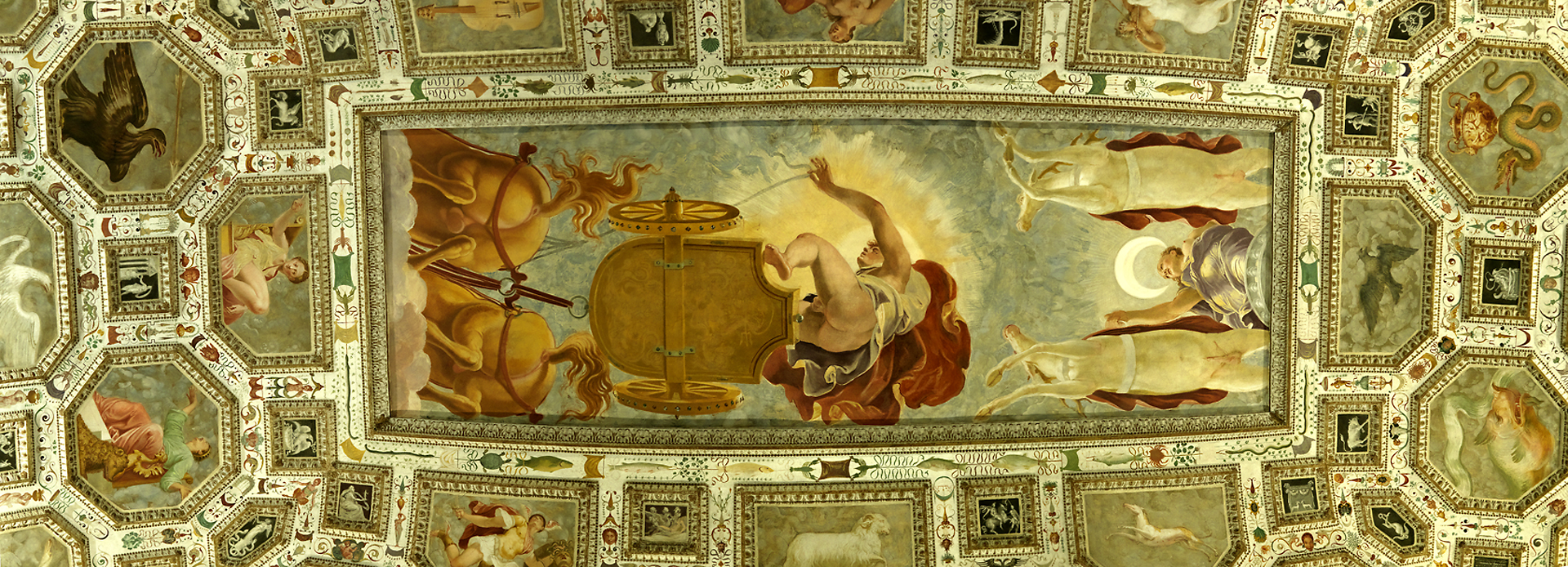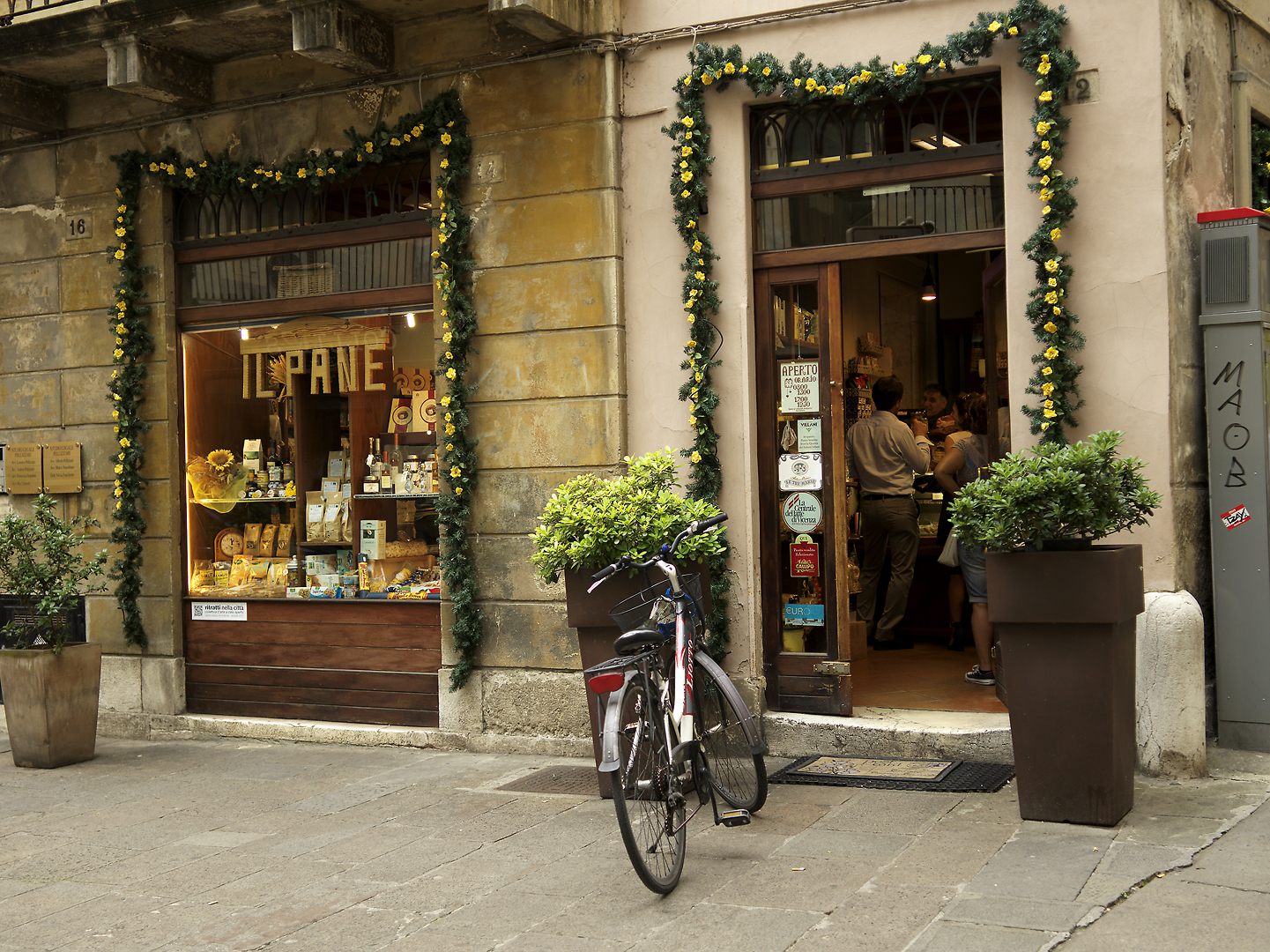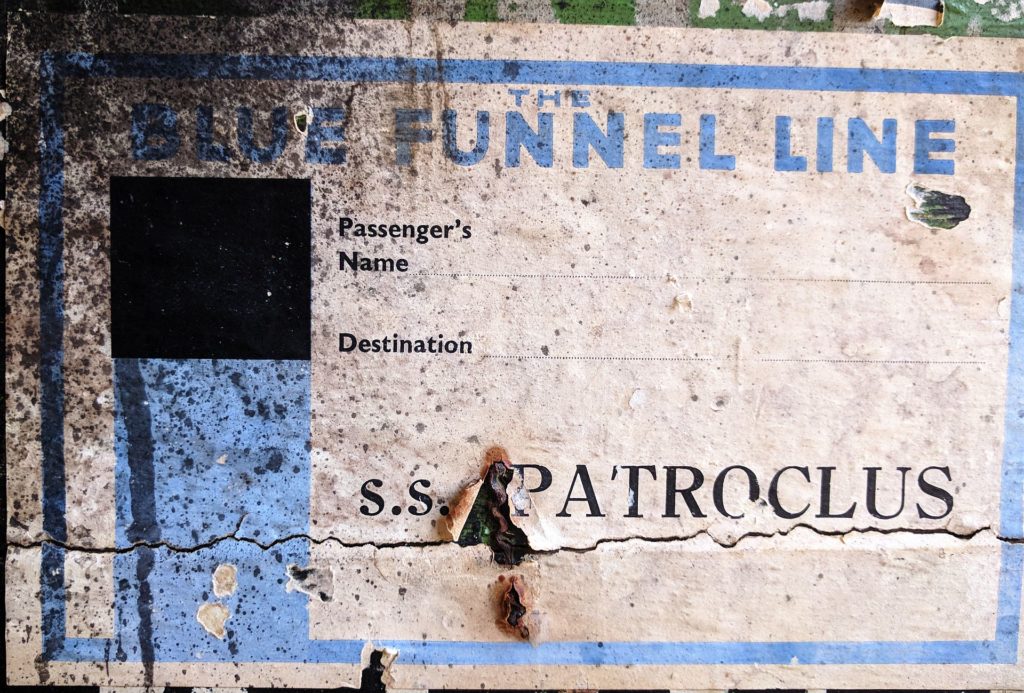Since this is supposed to be a blog about photography as well as history and travel, I suppose I ought to talk a bit about cameras, in particular large format photography. It’s a bit geeky so feel free to skip it if you are just here for the travel and history posts.
Small format is where the image size on film or on a digital sensor is 35mm or smaller (the so-called 35mm format is actually around 36x24mm in size).
Medium format comes in standard sizes of 6×4.5cm, 6x6cm, 6x7cm, and 6x9cm.
Large format is anything larger. Standard sizes for sheet film are 4×5 inches (approximately 10x13cm) 5×7 inches and 8×10 inches. 6x12cm and 6x17cm (using roll film) are also considered large format.
The vast majority of digital sensors are small format – some are called “full frame” which equates to the same size as 35mm film, to distinguish them from the even smaller APS-C format. Note that while there is a relationship between the number of megapixels and the physical size of the sensor, they are not the same thing.
There are a small number of cameras which use medium format digital sensors, such as those made by Hasselblad or the Fujifilm GFX series. Anything which approached large format digital would be colossally expensive and limited to military or scientific (including astronomical) applications.
I got into large format photography about a dozen years ago. The Royal Australian Air Force School of Photography had gone digital and was selling off its analogue equipment. I bought a Horseman 45FA camera with a Nikon 150mm lens (in large format, 150mm is considered a “standard” lens, equivalent to 50mm in small format). It is what is often called a “view camera” or “field camera”. Although it looks very old, the 45FA was introduced in 1984, and stayed in production until at least the 1990s.

This picture of my Horseman shows the design principles for most large format cameras. The lens is attached to the front bit, which is attached to the back bit by light-proof bellows. You move the front bit forward and backwards to focus the image. The front and back move independently of each other. If you move them up and down or from side to side while keeping them parallel, that can alter perspective and is often used in architectural photography to correct the converging verticals or “leaning back” effect when you photograph a building from ground level. If you change the angle by tilting either the lens or the back plane away from the vertical or horizontal, it does funky things to the depth of focus, according to a rule of optics called Scheimpflug’s Principle after its discoverer, an artillery officer in the army of the Austro-Hungarian Empire who was investigating the use of photography for reconnaissance from balloons. If you tilt the front standard forward, you can increase the depth of focus considerably. If you tilt it backward, you decrease it considerably, which has the effect of fooling your brain into seeing objects as much smaller than they really are. The latter effect can be simulated digitally, and is often referred to as “tilt and shift”, after the physical movements which originally created it.
I have several large format lenses in a range of focal lengths. Some are made by companies like Nikon and Fuji. Others, like Zeiss, Schneider-Kreuznach and Rodenstock, are more associated with the fields of medical and technical imaging.
To take a large format photograph on sheet film, you do the following:
- Decide what lens to use, take the front and rear caps off, and clip it to the front standard. The aperture and shutter mechanisms are attached to the lens, not the camera.
- Open the shutter. Focus by moving the front standard backwards or forwards while observing the image (upside down and back to front) on the ground-glass screen on the rear standard. Make any alterations to the geometry in accordance with the Scheimpflug principle. For accuracy you will probably want to use a magnifying loupe. If it is a bright day you might need to use a dark cloth over your head.
- Set the aperture and exposure, manually, on the shutter. You will have established this either by using a hand-held light meter, or by calculating it in your head (which is not as hard as it sounds, when you know how).
- Close the shutter. This is really important and forgetting it is one reason why novices ruin their shots.
- Insert a film magazine between the rear standard and the ground glass screen. The magazine might hold one or several sheets of film, but you will have pre-loaded it earlier, either in a completely dark room, or using a changing bag.
- Remove the dark slide which protects the film from the light. Forgetting to do so is reason number two for novices ruining their shots.
- Make the exposure by cocking the spring-loaded shutter and pressing the shutter release cable.
- Put the dark slide back (yes, reason number three…).
All the processes described above are totally mechanical. A large format camera contains no electronic components because there is nothing for them to do. Assuming that the light is cooperating, I would say that it typically takes about 15-20 minutes to set up and take one large format photograph. So it is not something you can do on the spur of the moment; I tend to select my spots in advance and then come back, usually early in the morning or late in the evening when the light is at its best. Originally I used to carry a compass so I could estimate where the sun would be at sunrise and sunset, but these days you can get some clever smartphone apps to do that part for you.
So what is the attraction of large format photography? The first reason is that size does matter. For a given density of silver grains in the film emulsion, or pixels on a digital sensor, the larger the size of the image, the more of them you will have. Moreover, the larger the image, the less magnification you are asking the lens to do, and the less you will be pushing the limits of the resolving power of focused light – limits which show themselves in things like chromatic aberration. All this means sharper images for a given enlargement size.
The second reason is that being forced to slow down and think about what you are doing is no bad thing when it comes to photography. It makes each image more of an individual artefact, and the taking of such an image into an act of craftsmanship.
There is a third, far less noble reason to enjoy large format photography. It’s fun turning up to a famous beauty spot and setting up your large-format camera next to some hotshot with the latest Canon or Nikon and a lens the size of a bazooka. “That’s not a camera, son. This is a camera…”
Update: 18 March 2022: Yesterday I took a big step and traded in all my large format gear for a Fujifilm GFX 50R mirrorless medium format digital camera and 32-64mm zoom lens. So this post is now of somewhat historical interest. But for my current life, travelling style (and age), large format gear is just too bulky and heavy.
